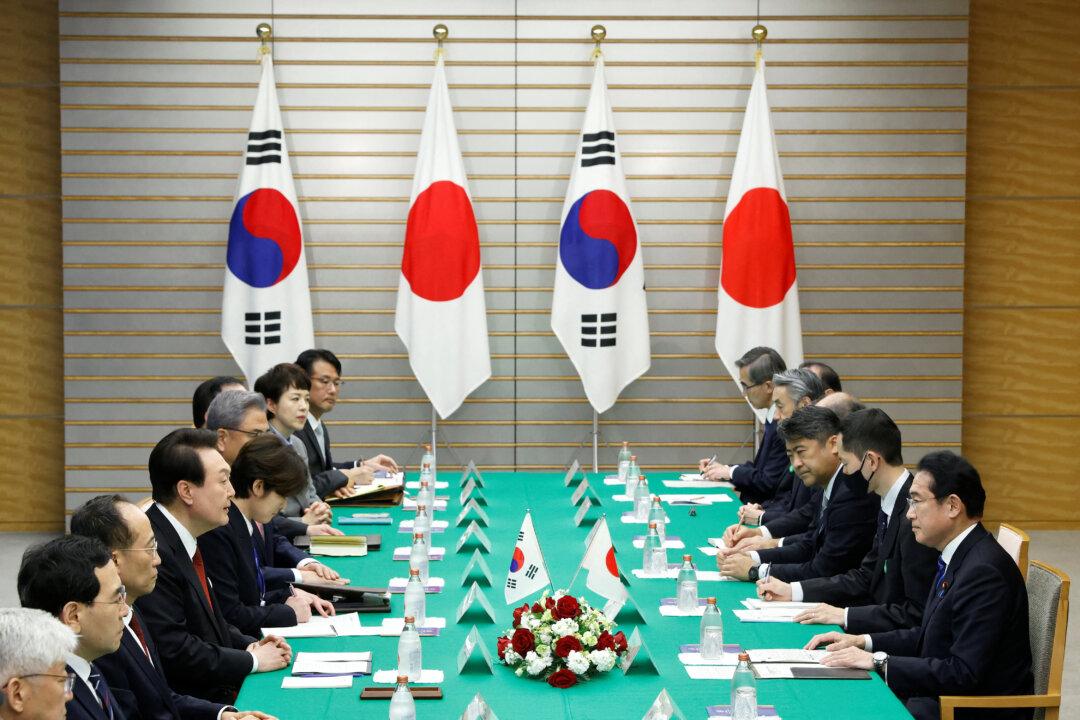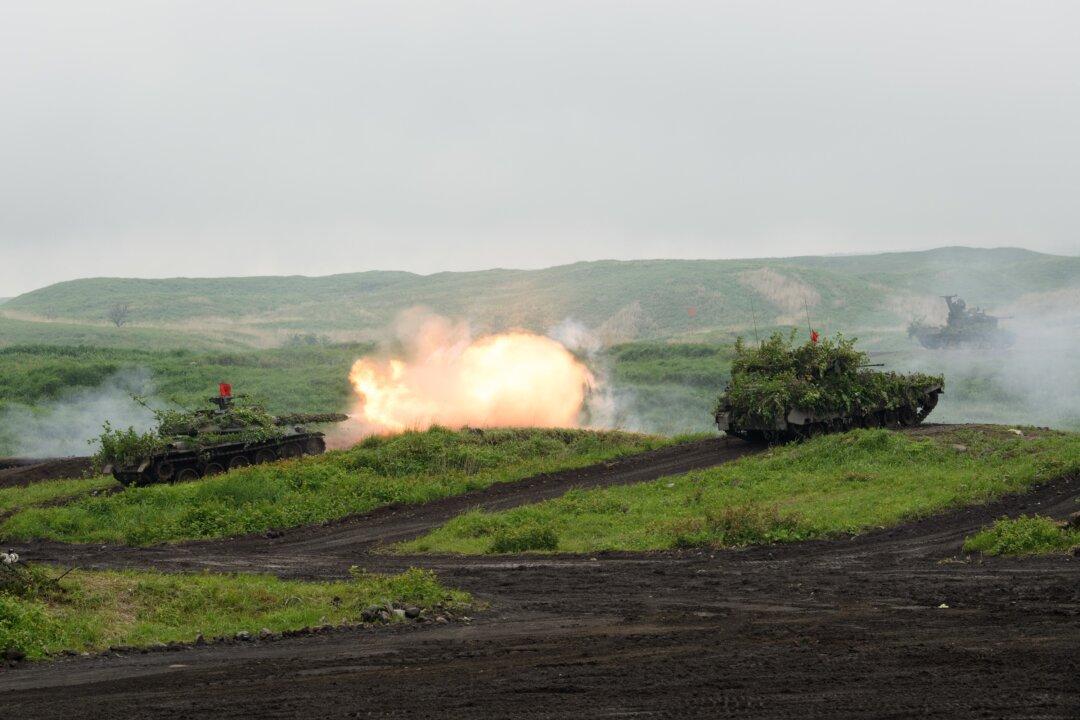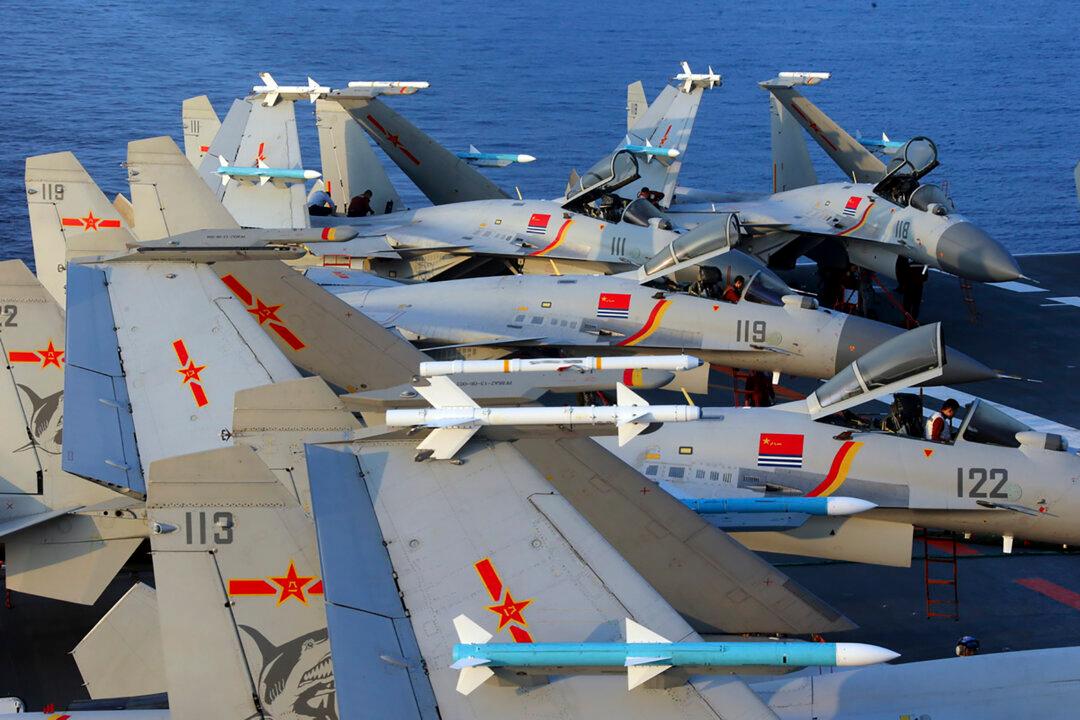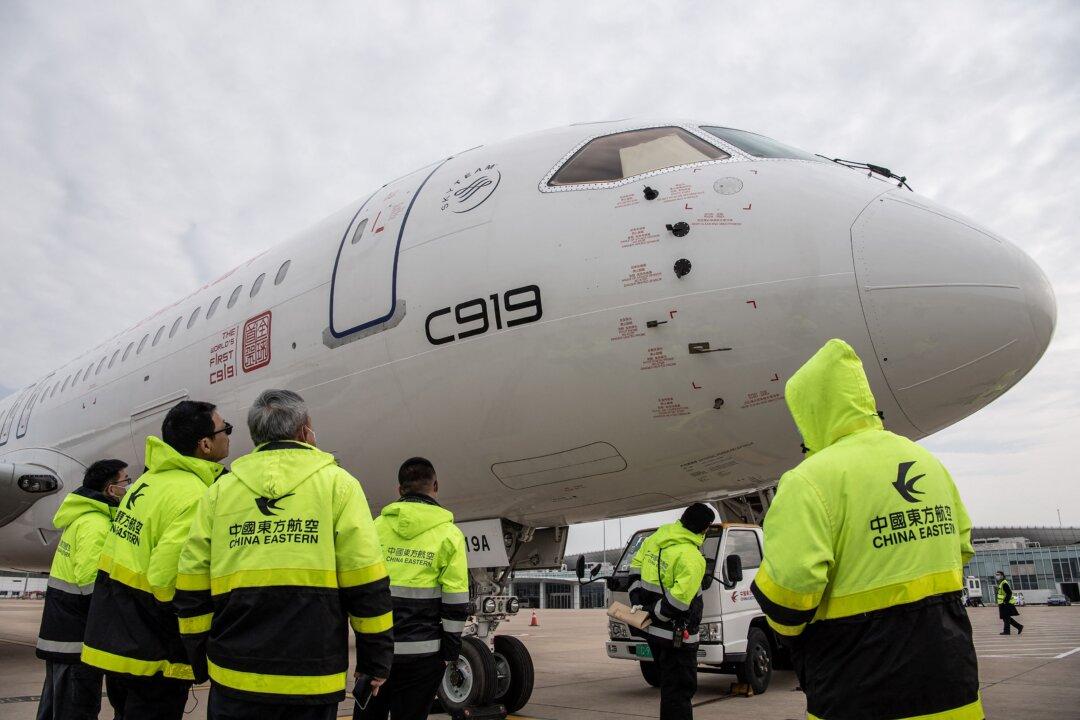Commentary
It seems that China has been able to accomplish something that 70 years of U.S. diplomacy could never achieve: push Japan and South Korea closer toward something like a strategic partnership. Earlier this month, South Korean President Yoon Suk-yeol flew to Tokyo to meet with his Japanese counterpart, Prime Minister Fumio Kishida—the first official visit of a South Korean president to Tokyo in twelve years.





